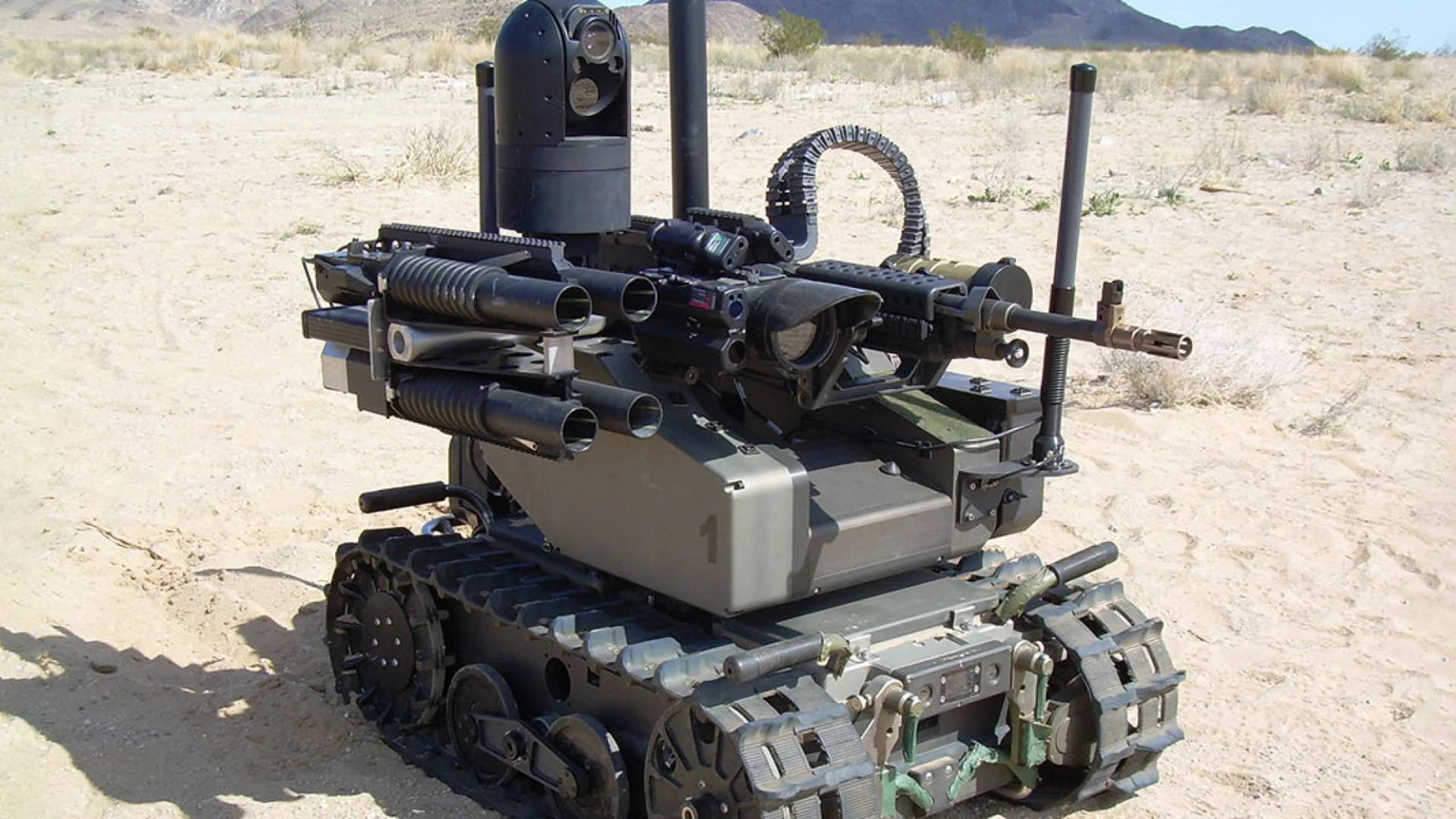
The global Military Robots Market is predicted to reach USD 48.08 billion by 2030 with a CAGR of 8.8% from 2025-2030. The military robots market is undergoing a seismic shift, driven by advancements in artificial intelligence (AI), autonomous systems, and the growing demand for unmanned solutions in modern warfare. As nations prioritize soldier safety and operational efficiency, military robots—ranging from unmanned ground vehicles (UGVs) to drones—are becoming integral to defense strategies worldwide. Recent developments, including AI-driven autonomy, hybrid propulsion systems, and ethical debates, are reshaping this dynamic market. This article explores the latest trends in the military robots market, focusing on technological innovations, regional developments, and challenges, with insights drawn from recent industry updates.
AI-Driven Autonomy Takes Center Stage
The integration of AI into military robots is revolutionizing their capabilities, enabling autonomous navigation, target recognition, and real-time decision-making. Recent reports highlight deployments of AI-powered robots in combat scenarios, where they perform tasks like surveillance and reconnaissance with minimal human intervention. For instance, NATO’s recent military exercises showcased AI-powered surveillance drones and robotic dogs in urban warfare simulations, demonstrating their ability to enhance situational awareness and reduce risks to soldiers. These advancements are driven by increased defense budgets and a global shift toward networked battlefield systems.
AI’s role extends beyond autonomy to include predictive maintenance and data analytics, improving operational efficiency. However, developing advanced AI systems for harsh battlefield conditions remains a challenge, as does ensuring these systems adhere to ethical and legal standards. The push for AI-driven robots is particularly strong in regions like the U.S. and China, where investments in autonomous systems are accelerating.
Hybrid Propulsion and Extended Operations
A significant breakthrough in the military robots market is the development of hybrid-powered systems, which combine electric and mechanical propulsion to extend field operation times. Recent innovations aim to address the limitations of battery-dependent robots, particularly for UGVs and drones used in prolonged missions. These hybrid systems enhance endurance, making them ideal for logistics, surveillance, and combat support in remote or contested environments. This trend is gaining traction as militaries seek versatile solutions for complex terrains.
The adoption of hybrid propulsion aligns with the broader push for energy efficiency in defense operations. However, challenges like high development costs and the need for robust communication systems for autonomous robots persist. Manufacturers are addressing these by integrating advanced sensors and IoT technologies to ensure seamless operation in dynamic battlefield conditions.
Military Applications and Regional Trends
The military robots market is expanding across various platforms, including land, air, and naval systems. Unmanned ground vehicles (UGVs) are increasingly used for border security and mine countermeasures, while unmanned aerial vehicles (UAVs) dominate intelligence, surveillance, and reconnaissance (ISR) missions. Recent reports highlight the growing use of UAVs as loitering munitions, capable of precision strikes with minimal collateral damage. Naval robots, such as autonomous underwater vehicles (AUVs), are also gaining prominence for mine clearance and maritime security.
Regionally, North America leads the market, driven by the U.S.’s substantial defense spending and focus on autonomous combat systems. The U.S. Army, for example, is experimenting with human-machine teaming to enhance collaboration between soldiers and robots. In Asia, China’s military is advancing its robotics capabilities, though recent debates in its military newspaper, PLA Daily, caution against the ethical risks of humanoid robots in warfare, highlighting concerns about indiscriminate actions. Europe is also investing in robotics, with NATO’s focus on cross-domain integration driving demand for versatile robotic systems.
Ethical and Operational Challenges
The rapid adoption of military robots has sparked ethical and operational challenges. A recent article in China’s PLA Daily warned against the use of humanoid robots in combat, citing risks of accidental deaths and the need for clear regulations. These concerns are echoed globally, as militaries grapple with the implications of autonomous systems making life-and-death decisions. The lack of skilled operators for advanced robotic systems is another hurdle, particularly for complex missions requiring human oversight.
Additionally, communication challenges with autonomous underwater vehicles and the high cost of advanced drones limit market expansion. To address these, governments and manufacturers are investing in training programs and cost-effective solutions, such as modular UGVs that can be adapted for multiple roles.
Competitive Landscape and Industry Innovations
The military robots market is highly competitive, with major players like Northrop Grumman, Lockheed Martin, and BAE Systems leading the charge. Recent developments include a major defense contractor unveiling a next-generation autonomous combat drone with enhanced stealth and targeting capabilities in May 2025. These innovations are supported by advancements in materials science and communication systems, enabling the development of more reliable and capable robots.
Emerging players, particularly in Asia, are challenging established brands by offering cost-competitive solutions. China’s focus on humanoid robots and robotic dogs for military applications is notable, though ethical concerns may slow their deployment. Collaborative efforts, such as the Pentagon’s contracts with AI firms like xAI, are also shaping the market by integrating cutting-edge AI into robotic systems.
Impact of Global Conflicts
The ongoing Russia-Ukraine conflict is a catalyst for military robotics innovation. Ukraine’s use of unmanned vehicles, such as UGVs for logistics and drones for surveillance, highlights the transformative role of robots in modern warfare. These systems have proven effective in reducing human risk and enhancing operational efficiency, prompting other nations to accelerate their robotics programs. The conflict has also spurred advancements in swarm robotics, where multiple robots coordinate to achieve complex objectives, a trend gaining traction globally.
Opportunities in Human-Machine Teaming
A key opportunity in the military robots market is the advancement of human-machine teaming technologies. These systems enable seamless collaboration between soldiers and robots, leveraging the strengths of both. The U.S. Army’s experiments with human-machine teaming are setting a precedent, with robots handling dangerous tasks like explosive ordnance disposal (EOD) while soldiers focus on strategic decision-making. This trend is expected to drive investment in AI and sensor technologies, enhancing the operational effectiveness of armed forces.
Conclusion
The military robots market is at a pivotal moment, driven by AI-driven autonomy, hybrid propulsion, and the growing demand for unmanned systems in modern warfare. While challenges like ethical concerns and communication limitations persist, innovations in human-machine teaming and regional investments are propelling the market forward. As global conflicts highlight the value of robotic systems, the market is poised for significant growth, reshaping defense strategies worldwide. The focus on soldier safety, operational efficiency, and technological innovation will ensure military robots remain a cornerstone of future warfare.






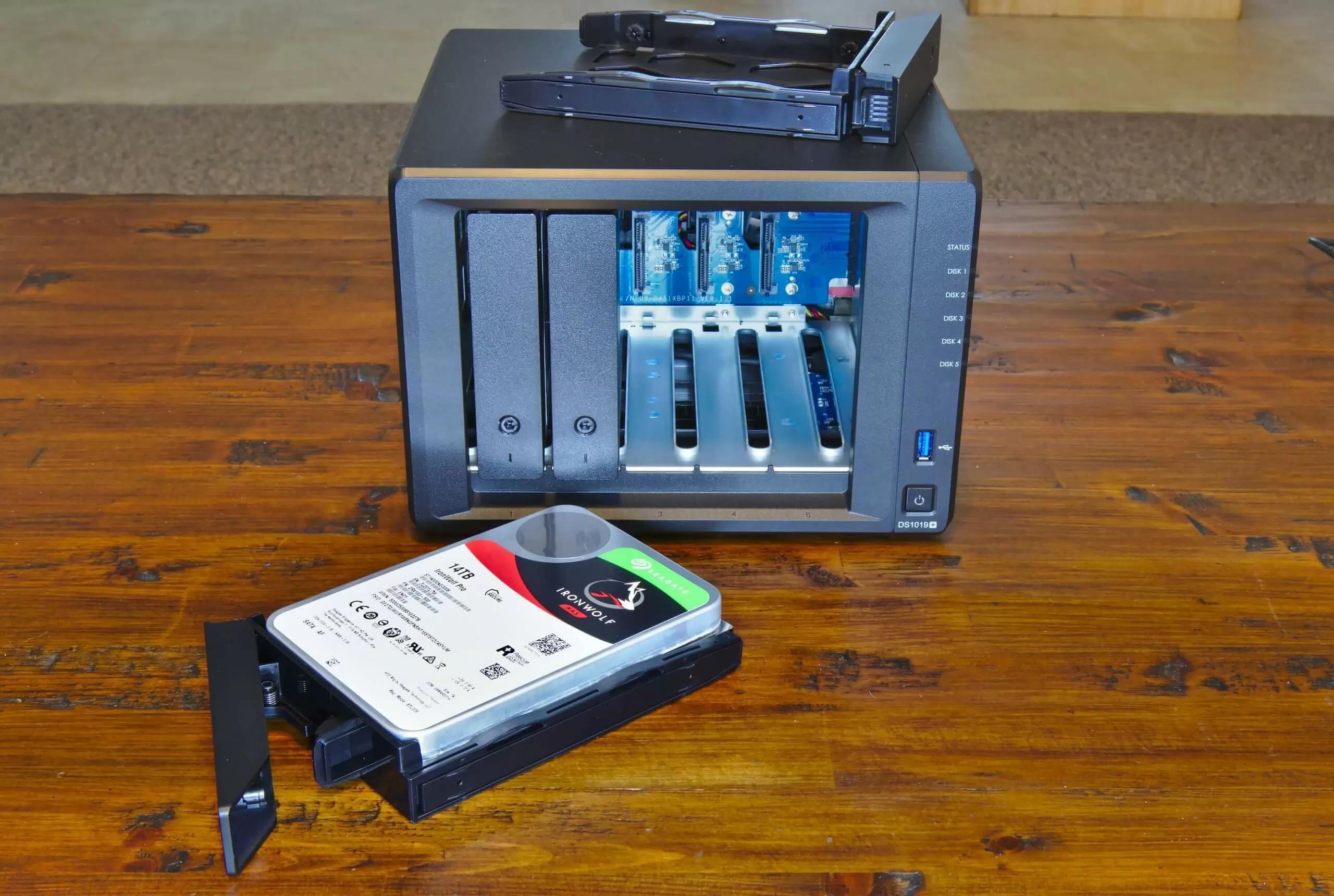
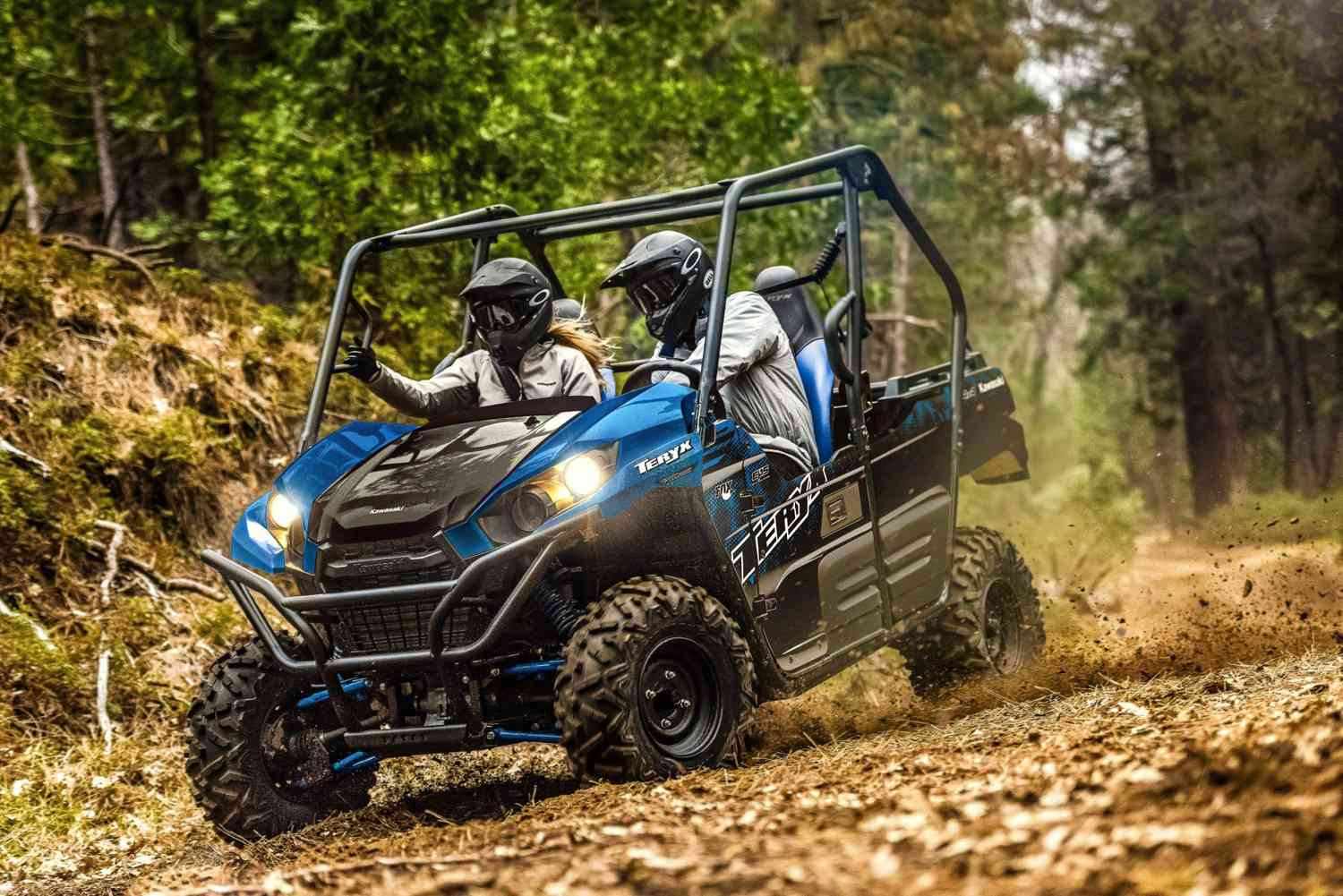
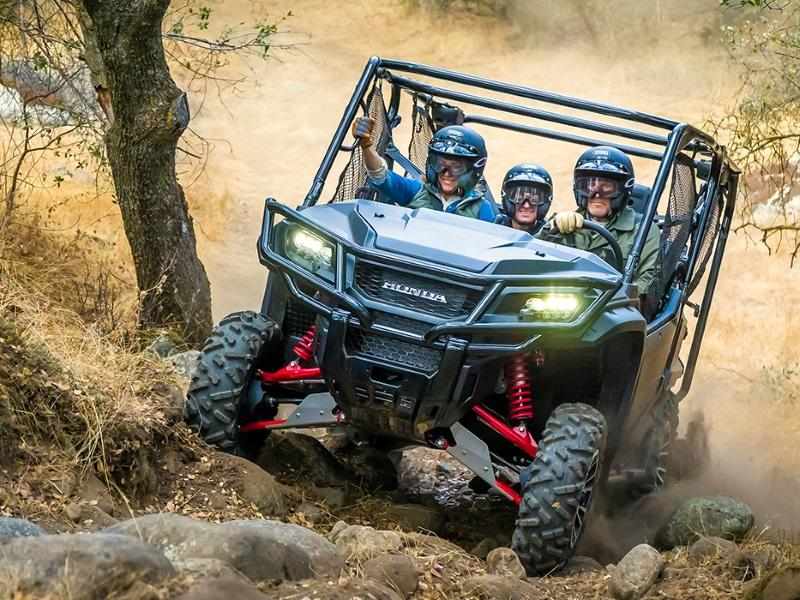

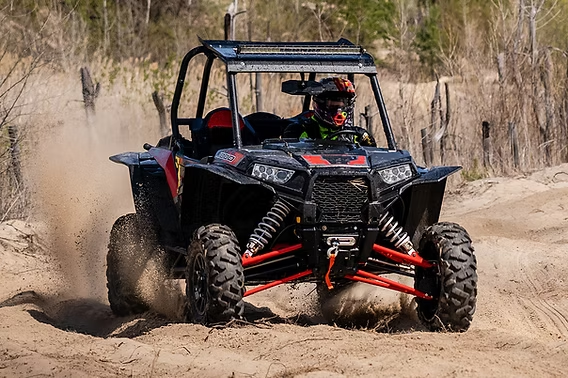
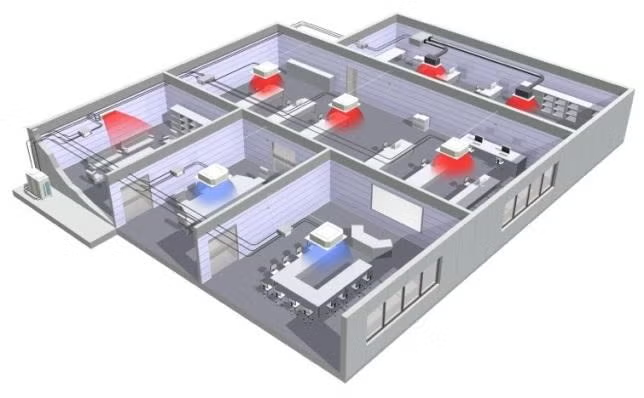


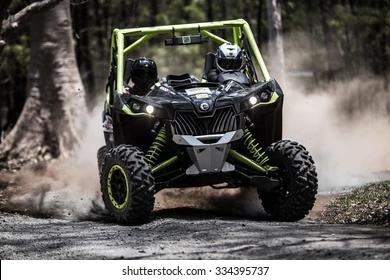

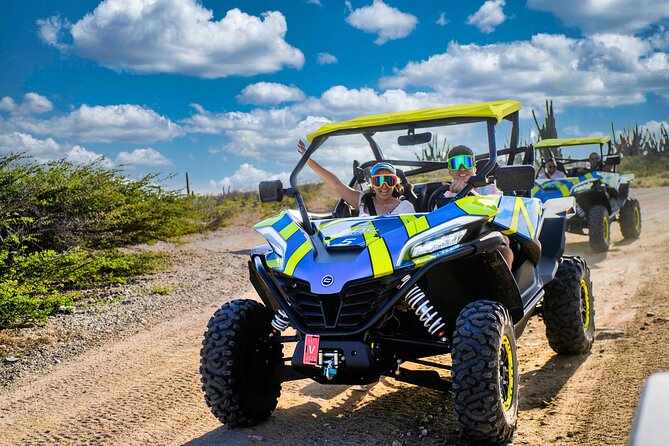
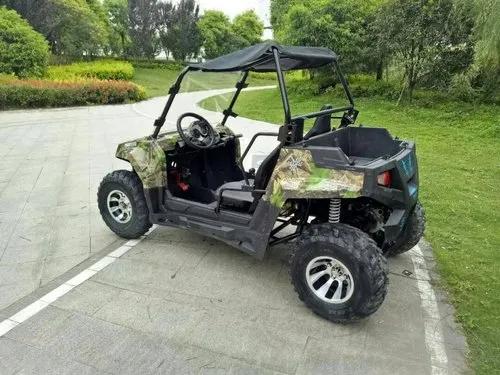
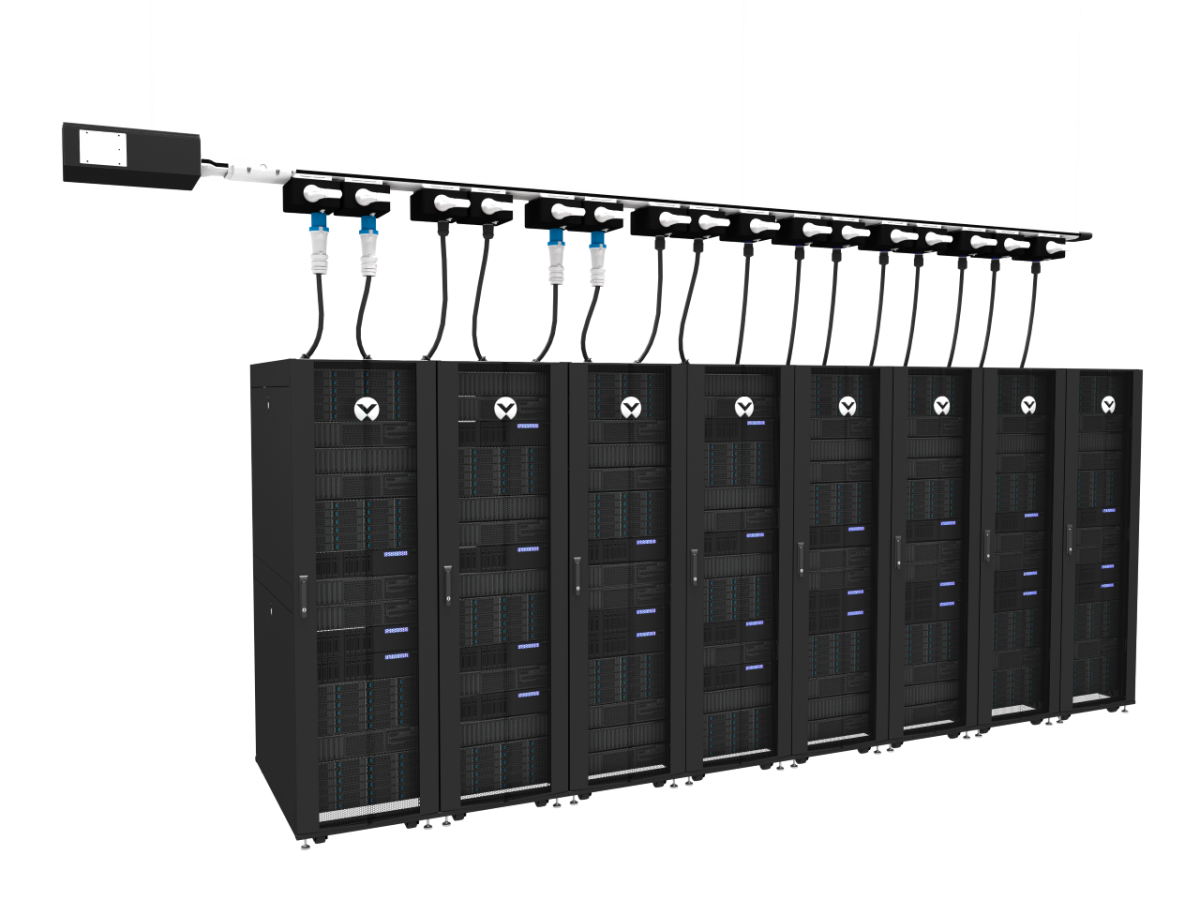
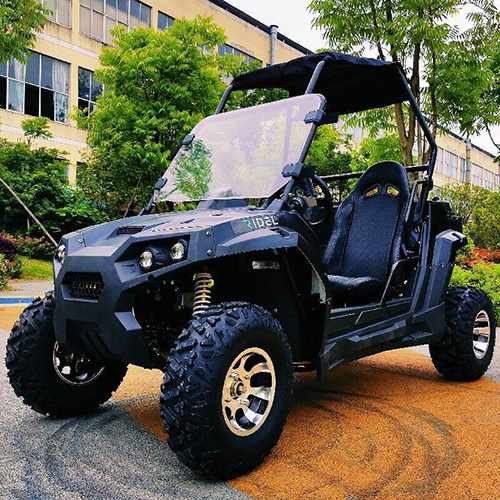
Write a comment ...